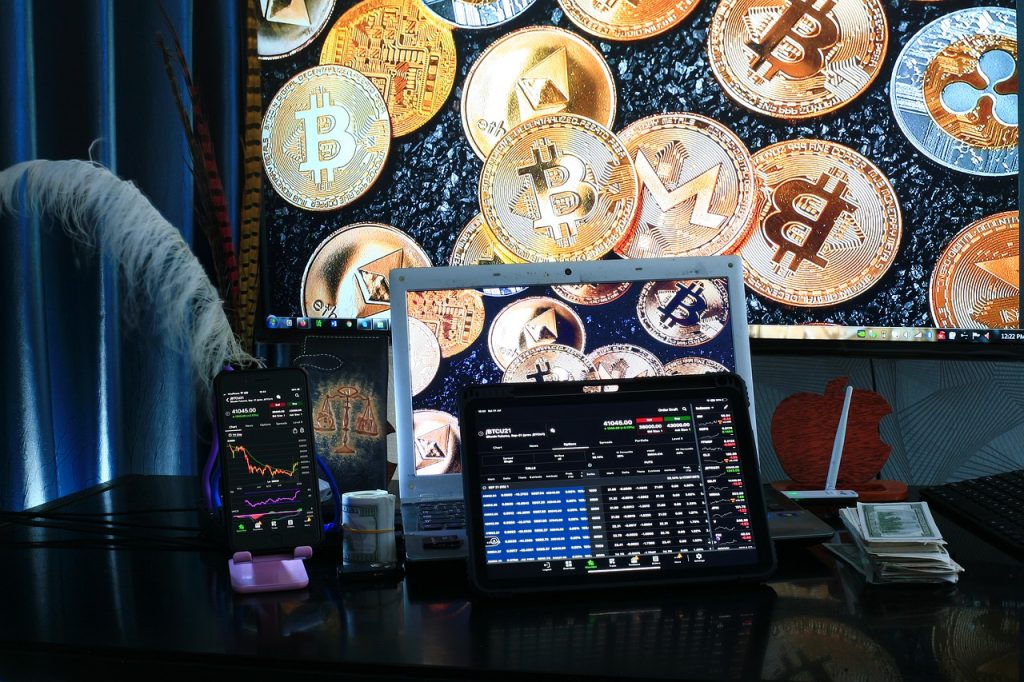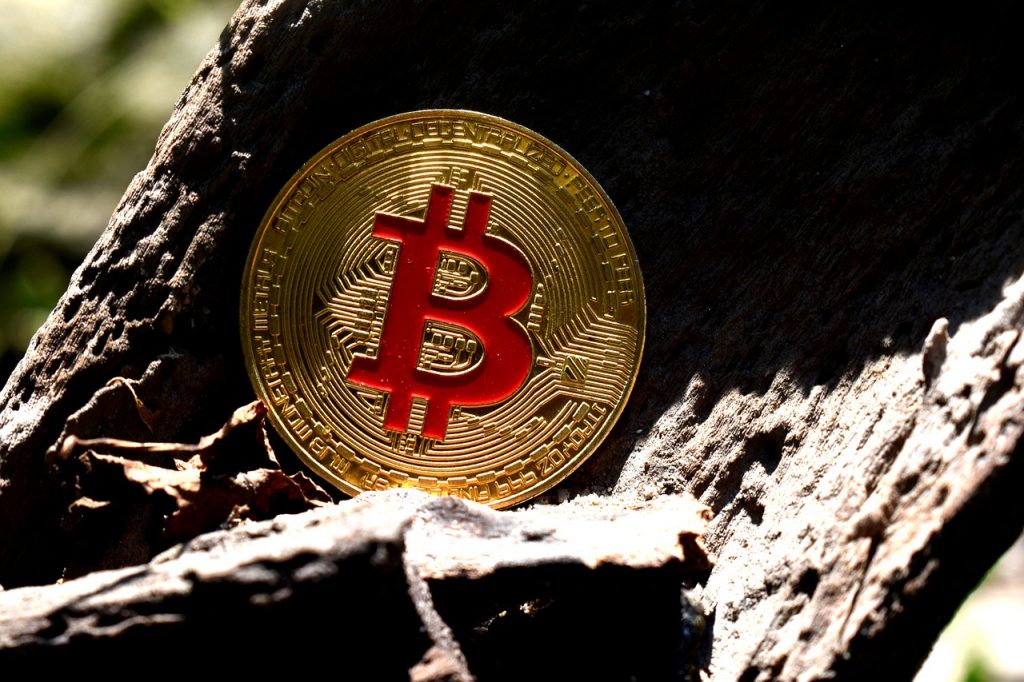What Is Bitcoin Mining?
Find out what Bitcoin mining is and why it's been steeply embroiled in so much controversy.
This article is more than 2 years old

Bitcoin mining is an elaborate and expensive maneuver to accrue cryptocurrency. Countries around the globe began to crack down on this activity over the past year, condemning its financial risk and significant electrical usage. Because of cryptocurrency’s rising popularity, people are torn on the legality of the mining process. Despite its controversial existence, many are still perplexed about what exactly bitcoin mining is.
To understand what Bitcoin mining is, it’s important first to understand what Bitcoin itself is. Bitcoin is a decentralized cryptocurrency that is traded and spent entirely on the internet. This currency relies on a technology called a decentralized computer network that tracks Bitcoin transactions. When transactions are processed through this computer network, new Bitcoins are produced, known as Bitcoin mining.
The act of bitcoin mining is completely based on solving complex mathematic equations. The solved equation represents a verified transaction, producing an amount of Bitcoin for the successful individual. Decoding these equations largely depends on mining rigs, which are external technologies that solve equations faster.
Bitcoin mining rigs are essentially powerful computer setups that one typically builds themselves, similar to how one could construct their own gaming PC. Mining devices need to be both powerful and quick so that they can expeditiously solve equations faster than competitors. However, the downside to these rigs is that they siphon astronomical amounts of electricity. The necessity to consume that much energy combined with the fact that much of the world is suffering through an energy crisis is a major component that has perpetuated the controversy involved with the activity.

These transactions that are recorded as a result of bitcoin mining are done so in something called a blockchain. A blockchain is essentially an online ledger of a particular coin’s history, similar to how the title of a car contains all prior information about that vehicle. The blockchain displays verified transactions for Bitcoin mining and is the central hub for new Bitcoin production. Solving an equation adds a new block to the blockchain display, giving the owner an amount of freshly mined or “minted” Bitcoin.
It might sound simple to add to the blockchain, but solving these equations is arduous and expensive. A Bitcoin miner’s success revolves around access to large electrical amounts and obtaining pricey external rigs. This hardware is known as ASICs (application-specific integrated circuits) and can cost more than $10,000. On top of the initial hardware price, Bitcoin mining requires excessive amounts of energy, increasing the overall cost for this labor.
The math equations miners are solving are essentially a guessing game. A miner must conjure up a 64 digit hexadecimal number that is close to or exactly the target number to receive Bitcoin. The success rate is mainly attributed to the number of guesses a miner can produce per second. Since solutions can take trillions of answers, the computing power of one’s rig is the most necessary factor for mining lucratively.

Bitcoin miners compete with millions to add to their blockchain. The network pushes out new equations every ten minutes, completed quite quickly with users’ powerful rigs. Since mining has increased in popularity, the network adjusts the difficulty of its solutions every two weeks. Mining is the only way Bitcoin is produced, so the miners and network must work together to create a balanced ecosystem devoid of rapid inflation.
Bitcoin mining is dropping in its monetary gains. When Bitcoin started being mined in 2009, solving a network equation was worth 50 BTC. Every four years, the price is halved, with one block worth 25 BTC in 2012 and 12.5 BTC in 2016. In 2020, one block was worth 6.25 BTC. Even though the value of bitcoin mining has been trending downward, people are still making considerable amounts of money from it. For instance, last year a single coin was worth $42,500. This is a good example of why people still have an incentive to partake in mining.
The issue surrounding legality could threaten the Bitcoin mining industry. Due to Serbs refusing to pay their electrical bills in Kosovo, unmonitored Bitcoin mining has become a financial and environmental issue for the country. China banned Bitcoin altogether last year, restricting banks in certain provinces from exchanging the cryptocurrency. With nations’ regulating the mining process, many are unsure how much longer mining will stay lucrative.







